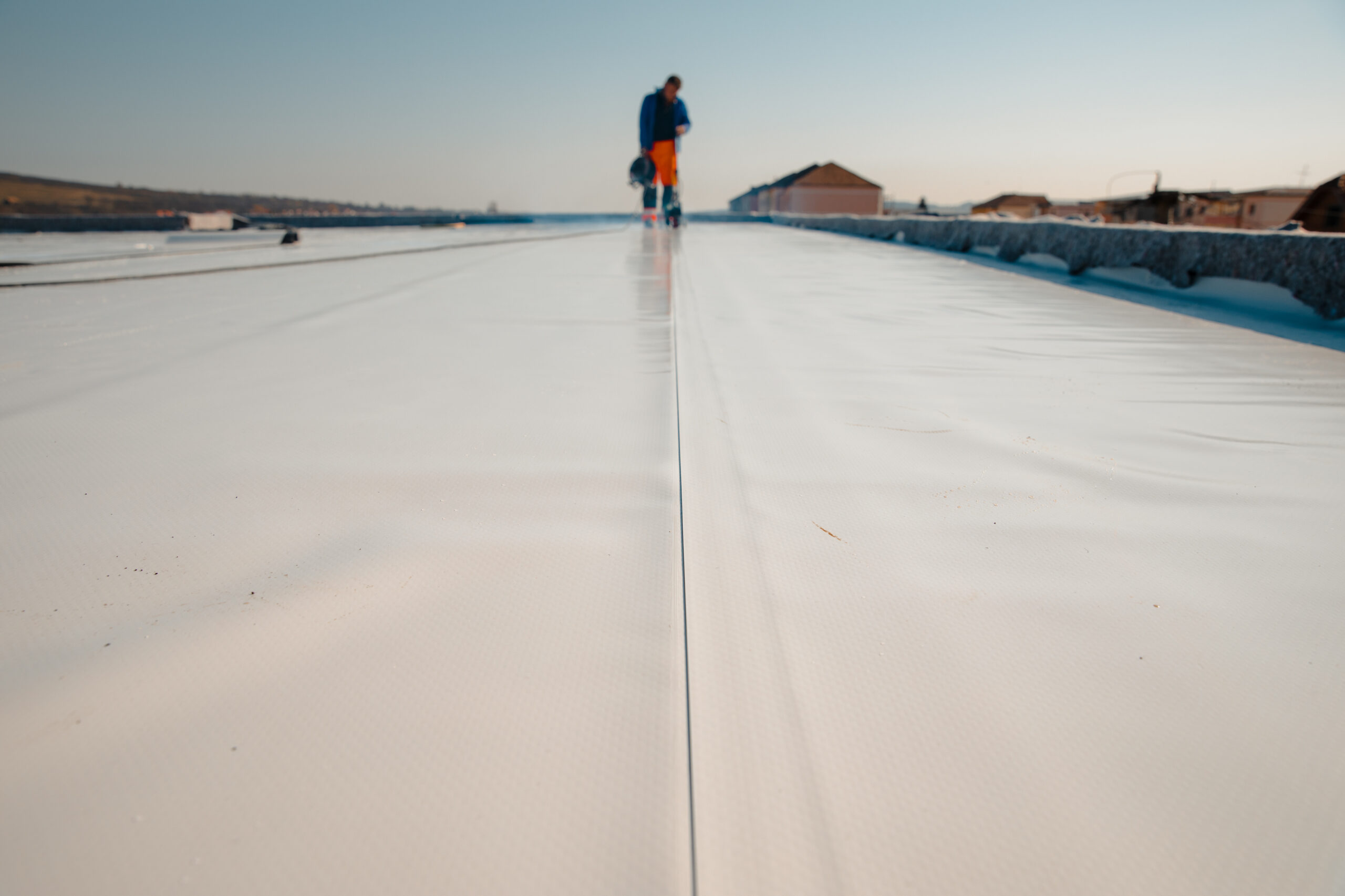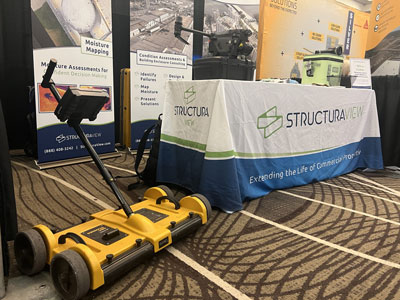Guiding Property Managers and Owners Through Key Considerations
Roofing decisions can be daunting for both property managers and owners. Whether you are a contractor aiming to guide clients or a property manager looking to understand the process in more detail, this article talks about the nuances of choosing between a new roof or a roof-over.
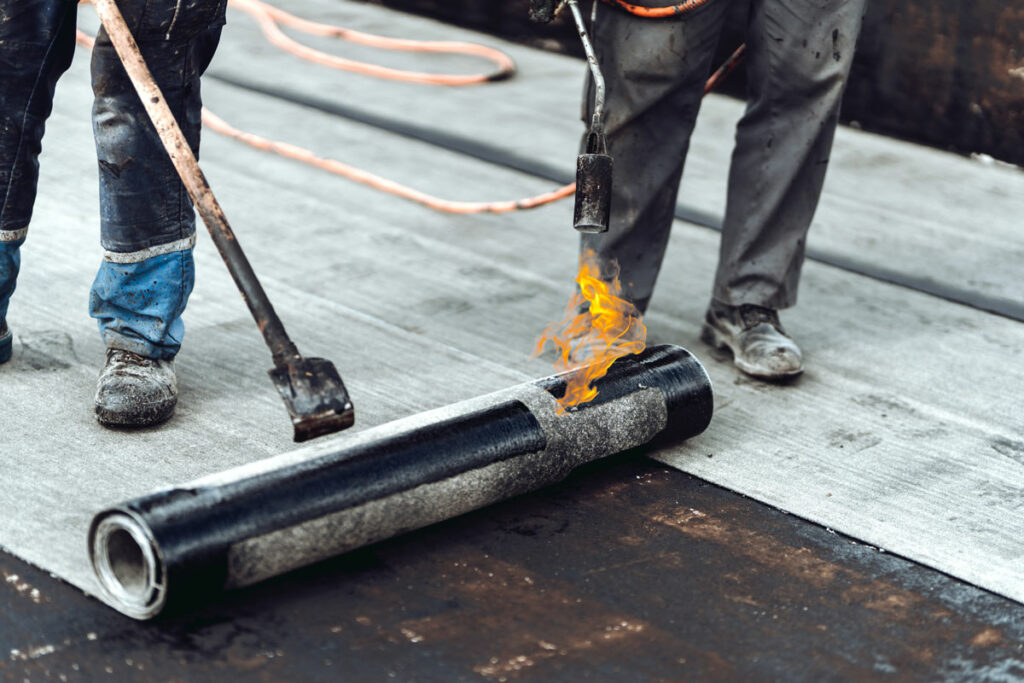
Before deciding on a new roof or a roof-over, sometimes referred to as a re-cover, there is a lot of research that needs to be done and they fall into these categories:
- Financial Considerations
- Roofing System Evaluation
- Building Codes & Insurance Compliance
- Warranties and Guarantees
- Timeline and Disruptions
- Resale & Aesthetic Considerations
By gathering and thoroughly assessing this information, contractors and property owners can make informed decisions tailored to their specific circumstances, ensuring the success and longevity of the chosen roofing solution.
Diving into the Details
Financial Considerations
Choosing a roof-over or a new roof is almost entirely a financial decision outside of regulation requirements which tell you what you can and cannot do. Every estimator or contractor has their own way of estimating the cost differences between a roof-over versus a full replacement.
While there is not a standard formula that can be applied to this decision, it is important to approach this decision logically. Start with getting detailed cost estimates for both the new roof installation and the roof-over. In your cost estimation, evaluate short- and long-term costs, factoring in maintenance, repairs, potential energy savings, how long you plan to keep the building, and how this might affect selling the building.
Also, carefully consider the effects on your short- and long-term cash flow looking at where you might see unexpected financial spikes. For example, will you experience lower maintenance and repair costs in the short term at the expense of increased maintenance and repair expenses over the long-term life of your roof?
Roofing System Evaluation
Your roof needs to be in good condition before a roof-over and may need remediation first to bring it up to code. If the existing roof passes code requirements, all required testing, and insurance requirements then a re-cover can be considered and should be as strong as a full replacement.
However, if your roof is over 25% to 50% wet, it is not a viable candidate for a roof-over. The calculation on how much moisture is acceptable depends on local regulations and the cost to remove that moisture.
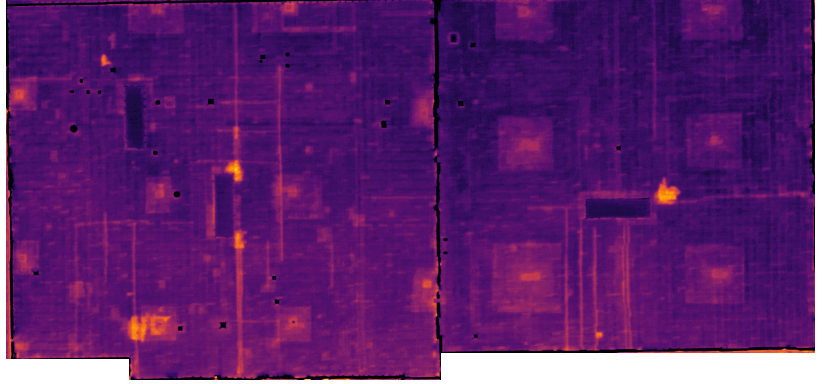
Conduct a comprehensive moisture survey to identify any trapped moisture within the roof system. Make sure your moisture test follows the local code. Some local regulations require the roof to be dry before being re-covered. Other locations may not have the same requirements, but manufacturers do still require the existing roof to be dry.
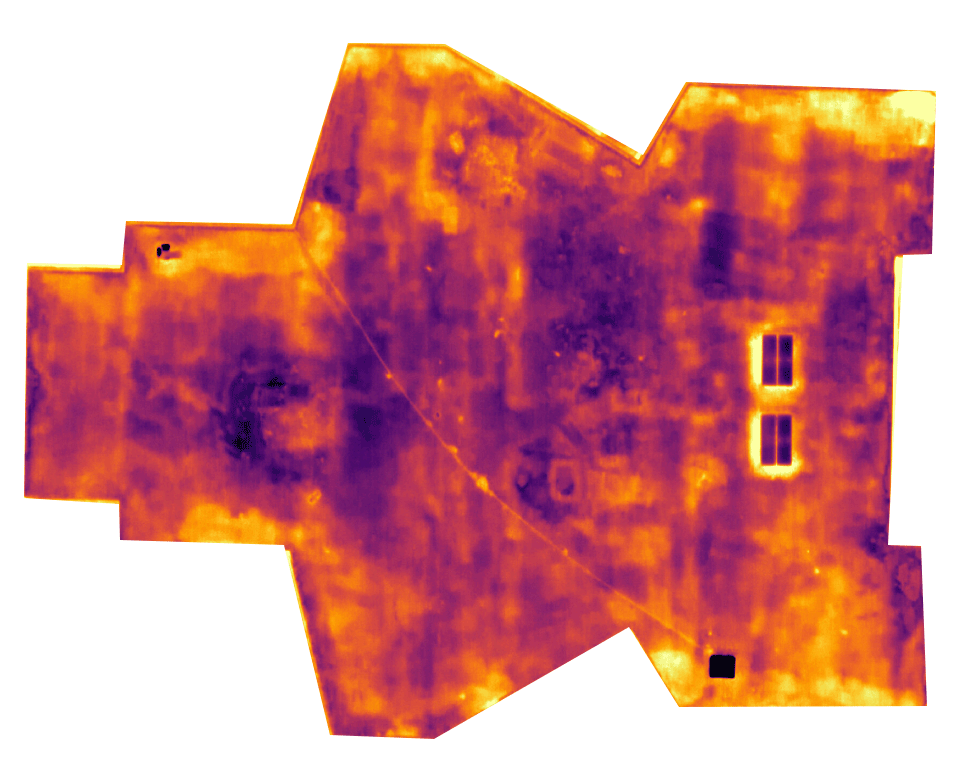
Perform the required uplift and bell chamber tests required by local code to ensure the roof meets current code requirements, not the code when originally installed for an adhered system. While remediation may initially seem to be cost effective from a moisture perspective, it may not be possible if this test doesn’t pass current code requirements. If it does not pass, a full tear-off is required.
Assess the building’s structural capacity to support additional weight if opting for a roof-over and potential safety concerns related to structural changes.
Warranty and Guarantees
Manufacturer Material Warranty: This warrants that the product is free from material defects for a period of time. Keep in mind that the warranty may begin prorating after a few years. This means after a period of time the manufacturer may only pay a percent of the damage.
Adhere to the manufacturer’s guidelines to keep from voiding manufacturer material warranties. Clearly understand the terms of warranties and guarantees associated with the chosen roofing materials. Review the warranties associated with both options, including coverage, duration, prorating, and other conditions.
Contractor Warranty: Be sure to get a workmanship warranty from the contractor installing the roof. The length of the warranty typically varies from 2–25 years with some offering a lifetime warranty based on the life of the materials.
Total Systems Warranty: This is a top-of-the-line option also referred to as a no dollar limit (NDL) warranty and covers leaks due to material failure and poor workmanship. A 20-year NDL is common, but the NDL warranty can range from 10–30 years.
Remember, these guarantees and warranties apply to the new roof. Unfortunately, there is no warranty on the existing roof system.

Building Codes & Insurance Compliance
Ensure that the chosen solution complies with local building codes and regulations—codes vary by state and county.
Some codes require a full replacement after a second roof has been installed while others say you can remove the second roof system and replace only that second roof system. It is never possible to have 3 roof systems installed over each other.

Check with your insurance carriers for specific requirements regarding roofing systems. Your insurance company will have additional requirements you need to follow. For example, some insurance carriers only allow a full replacement and do not allow re-covers. Consider meeting with your insurance agency and make sure you understand the requirements.
Evaluate insulation needs and know whether the existing insulation meets code requirements. If you must add so much insulation to the roof system to meet code that it puts the new roof system higher than curbs, parapet walls, doorways, or windows, the associated costs to make modifications could make a re-cover unaffordable. If this is a problem for a re-cover, you may also have the same problem for a full replacement as well.
Choosing a solution that doesn’t comply with local building codes may lead to legal issues and fines. In addition, failure to meet insurance requirements can result in coverage issues or policy limitations.
Choosing an option that does not align with manufacturer guidelines may void warranties and might limit the duration and coverage of guarantees associated with the roofing materials. Be sure to investigate these requirements thoroughly.
Resale & Aesthetic Considerations
Analyze the potential impact on the property’s resale value based on the chosen roofing solution. Consider market trends and preferences for roofing systems in the region.
Consider the compatibility of new roofing materials with the existing structure and ensure that the chosen option maintains or enhances the building’s aesthetic appeal. Choose an option that allows for future adaptability and modifications as building needs evolve.
Timeline and Disruptions
Assess the expected timeline for each option and potential disruptions to regular operations. Consider the impact on occupants during the construction or installation process. If you are not in a time crunch to get your roof fixed, choose the right time of year to avoid weather events that could cause project delays.
Key Insights
By meticulously examining these details, stakeholders can navigate the decision-making process with a comprehensive understanding of the implications and benefits associated with each roofing option.
